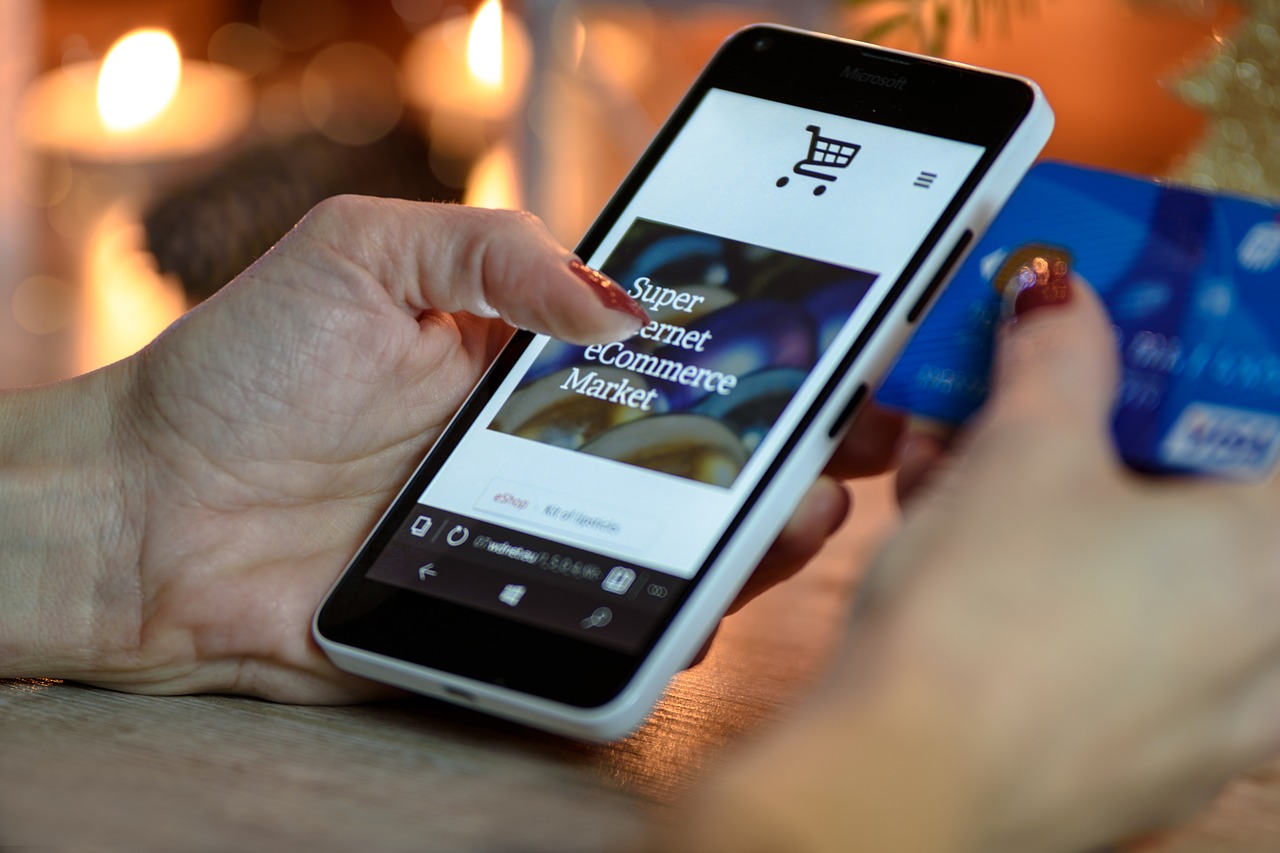Over the last two or three generations, Google has been gradually yet consistently adjusting the Pixel line-up to support increasingly more high-level use cases and features. Devices like the Pixel Crease and Pixel Tablet give more flexibility than any other time in recent memory inside the Pixel family, and Google isn’t halting there. As we’ve proactively uncovered, the upcoming Google Pixel 8 series of phones are set to get a more performant Tensor G3 SoC, present-day camera sensors, and spic and span displays, in addition to other things, which ought to all enticement for power clients.
Presently, because of a source inside Google, we can uncover another hotly anticipated progressed feature that is at long last coming to Pixels. Support for USB DisplayPort substitute mode is making a beeline for the Pixel 8 and Pixel 8 Genius. We should investigate.
What is USB DisplayPort substitute mode?
At the point when the USB-Assuming previously disclosed the USB-C norm back in 2014, a great many people just saw a new, reversible connector and velocities that were to some degree quicker than previously, however, the standard was much more than that. Dissimilar to past emphases of USB, USB-C was planned in view of flexibility and extendibility.
One of the primary ways this was accomplished was by adding support for substitute modes. The thought is straightforward: USB-C plugs have a ton of connector pins (12 to be exact, or twofold that assuming that you likewise count the ones that are there to support reversibility) and are as of now intended to support high paces, so why not permit the utilization of similar connectors for various applications as well? Substitute modes made a ton of different ports, and, surprisingly, old DC charging plugs, were essentially out of date. Why have a devoted port that you will possibly utilize at times when USB-C can be utilized for that application and way more?
DisplayPort Alt Mode permits devices to associate with displays by means of USB-C.
There are different substitute mode guidelines, yet two of the main ones are ThunderBolt and DisplayPort. The previous communicates PCIe, a similar association transport utilized for PC graphic cards and high velocity stockpiling expansion, in addition to other things. It likewise supports sound, quick information moves, and even display yields through the DisplayPort standard. The potential outcomes are fundamentally inestimable — simply take a gander at every one of the accessible docks and dongles that can add almost any norm under the sun to practically any gadget that supports ThunderBolt.
USB-C can likewise support the DisplayPort substitute mode without ThunderBolt. While that is undeniably less flexible, still a helpful choice for devices beforehand that didn’t offer a method for yielding high-goal video to an outside display. Think tablets and smartphones that don’t have space for an HDMI or other committed display port.
What might the Pixel 8 involve DisplayPort for?
While my source doesn’t have explicit data in regards to finding out about’s DisplayPort plans, with some past code digging, we can sort out what Google could have at the top of the priority list for the Pixel 8. One of the clear purposes for outside display support is to change a phone into a desktop substitution. With a display, console and mouse, a handset could be utilized as a device for light office work.
This idea clearly isn’t new. Truth be told, its most memorable emphasis appeared in 2011, scarcely three years after Android’s unique send-off. Motorola ATRIX had an exceptional dock that changed over it into a fundamental desktop computer. From that point forward, there have been a lot more endeavours, similar to Microsoft’s wagered on Continuum back in 2015. Because of the normal codebase of Windows 10 and Windows 10 Mobile, select Lumia phones could give a full Windows desktop, very much like on a genuine PC.
Google might incorporate a desktop mode, straightforwardly from your phone’s USB-C port, similar to Samsung DeX
However, maybe the most vital execution, in the Android space, is Samsung DeX. Sent off in 2017, Samsung flagship phones keep on supporting Dex, considering a desktop experience through just a USB-C cable or HDMI adapter. Another producer that supports the thought is Motorola with their “Prepared For” feature, which does all that DeX does and the sky is the limit from there, for instance, including a committed video visit mode. It’s supported on flagship devices as well as some upper-mid-range models.
There’s other proof to support the possibility that Google may be working on a Pixel desktop feature. As spotted by Mishaal Rahman, late Android 14 betas have support for USB-C DisplayPort Alt Mode and acquainted enhancements with the desktop mode that was available in the launcher code for some time. While it’s still genuinely unpleasant, Google hasn’t overlooked it and is still effectively working on it. Google’s likewise been further developing support for actual consoles, albeit that may be for the reputed console for the Pixel Tablet.
That is all that you want to be familiar with DisplayPort substitute mode on the Google Pixel 8 series. Invigorating Google may at long last incorporate such a sought-after feature, yet we’ll need to sit back and watch how it uses it.
